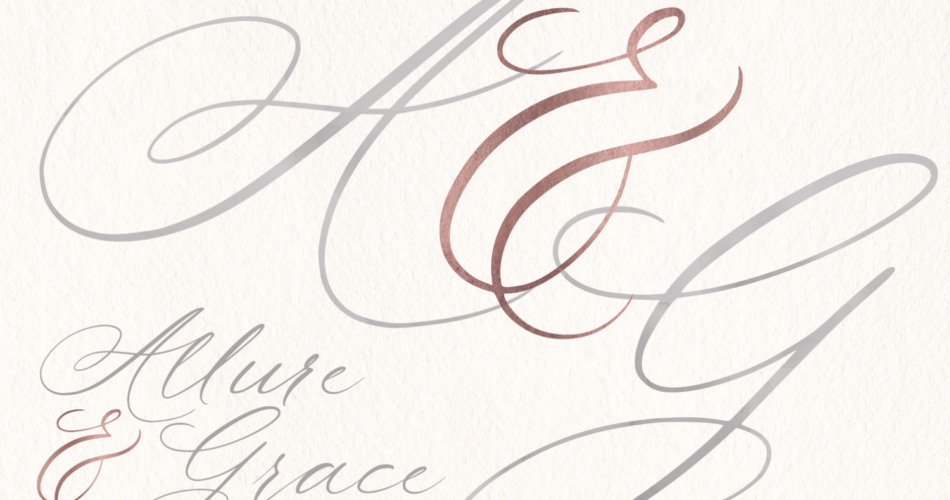Typography is a cornerstone of visual communication and design. Within the diverse world of fonts, handwritten and script fonts stand out as fonts that convey a personal touch, elegance, and an unmistakable charm. These fonts capture the essence of the human hand and the artistry of calligraphy, making them a popular choice for a wide range of creative projects. In this article, we will delve into the world of handwritten and script fonts, exploring their history, applications, and the enduring appeal they hold in the world of design.
Contents
The Beauty of Handwritten and Script Fonts
Handwritten and script fonts have a unique ability to infuse a sense of personality and emotion into design projects. Unlike their more structured counterparts, these fonts mimic the flow of handwriting, with cursive strokes, varied letterforms, and occasional imperfections. This human touch adds warmth and character to any design, making it feel more personal and relatable.
History and Evolution
The roots of handwritten and script fonts trace back to the art of calligraphy, which has a rich history dating back thousands of years. Calligraphy was once a revered skill used for manuscripts, official documents, and decorative purposes. Over time, the art of calligraphy evolved into the creation of fonts that could replicate the fluidity and elegance of hand-drawn letters.
In the digital age, handwritten and script fonts have experienced a renaissance. Talented typographers and font designers have created a vast array of script fonts, both traditional and modern, that cater to various design needs. This versatility has contributed to the enduring popularity of these fonts.
Applications of Handwritten and Script Fonts
- Branding: Many businesses and organizations use handwritten and script fonts in their logos and branding to convey a sense of authenticity and approachability. These fonts are often chosen to establish a personal connection with customers.
- Wedding Invitations: Script fonts are a staple in the world of wedding stationery. Their elegance and romantic appeal make them the perfect choice for invitations, place cards, and thank-you notes.
- Packaging: Handwritten and script fonts are commonly used on product packaging to give it a unique and artisanal feel. They are often seen on labels for gourmet foods, artisanal products, and cosmetics.
- Editorial Design: Script fonts can be used effectively in editorial design for magazine headlines, book covers, and feature articles. They add a touch of sophistication and intrigue to the layout.
- Greeting Cards and Stationery: Personal correspondence benefits from the warmth of handwritten fonts. Greeting cards, personal notes, and stationery often feature script fonts to convey a sense of personal connection and warmth.
- Digital Marketing: In the digital realm, handwritten and script fonts are used in social media graphics, email newsletters, and website headers to create eye-catching and engaging visuals.
- Art and Illustration: Script fonts are also a favorite among illustrators and artists who use them in hand-lettered artworks, posters, and digital illustrations.
The Power of Customization
One of the greatest advantages of handwritten and script fonts is their adaptability. Designers can customize these fonts to suit their specific project needs. This customization can include adjusting letter spacing, size, and even altering individual characters to create a truly unique and bespoke typography experience.
Conclusion
Handwritten and script fonts are not just a trend; they are a timeless and versatile tool in the designer’s arsenal. Their ability to convey emotion, personality, and elegance has secured their place in the world of design for generations. Whether in branding, wedding invitations, packaging, or digital marketing, these fonts continue to enchant and captivate audiences with their personal touch and timeless charm. As we continue to navigate the ever-evolving landscape of design, handwritten and script fonts will undoubtedly remain a beloved choice for creative expression.
